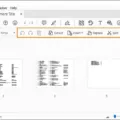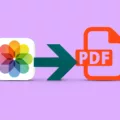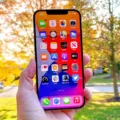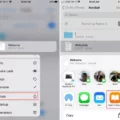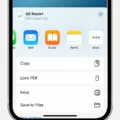Photos are an integral part of our lives, capturing precious memories and moments that we want to preserve and share. However, there might be times when you need to convert these photos into a PDF format, especially when you want to merge multiple photos into a single file or ensure compatibility across different devices and platforms. In this article, we will explore different methods to convert photos to PDF effortlessly.
One of the easiest ways to convert photos to PDF is by using the Adobe Acrobat online website. To get started, simply visit the Acrobat online website and upload the files you want to merge into a PDF. You can easily drag and drop the photos or browse your computer to select them.
Once you have uploaded the photos, you can reorder them as per your preference. This is particularly useful when you want to arrange the photos in a specific sequence in the final PDF. You can simply click and drag the photos to rearrange them as needed.
After you have organized the photos, click on the “Merge files” button. This will initiate the merging process and combine all the selected photos into a single PDF document. The website will process the files and generate the merged PDF for you to download.
Once the merging process is complete, you can download the merged PDF file to your computer. This single PDF file will contain all the photos that you selected, preserving their quality and resolution. You can now easily share or view the PDF on any device or platform that supports PDF files.
Another method to convert photos to PDF is by using Google Photos. If you have your photos stored in Google Photos, you can follow these steps to convert them to PDF format:
1. Open Google Photos on your computer or mobile device.
2. Navigate to the photo that you want to convert to PDF.
3. Select the three-dot menu in the upper right corner of the photo.
4. From the menu options, choose “Print”.
5. In the print preview screen, click on the “Save As PDF” option.
6. Next, click on the PDF download icon located on the upper right side of the screen.
7. A dialog box will appear, allowing you to specify the name and location for the PDF file.
8. Type the desired name for the PDF and select the location where you want to save it.
9. click on the “Save” button to convert the photo to PDF and save it to your device.
By following these simple steps, you can convert individual photos from your Google Photos library into PDF format. You can repeat the process for each photo you want to convert, and then merge them using the previously mentioned method if required.
Converting photos to PDF offers several advantages. PDF files are widely supported and can be viewed on various devices and platforms without any compatibility issues. Additionally, merging multiple photos into a single PDF file can help you organize and present your photos in a structured manner, making it easier to share and store them.
Converting photos to PDF is a simple and efficient way to preserve and share your precious memories. Whether you choose to use Adobe Acrobat online or Google Photos, these methods provide hassle-free ways to convert and merge photos into a PDF format. So, go ahead and give it a try, and start enjoying the benefits of having your photos in a convenient and universally compatible PDF format.
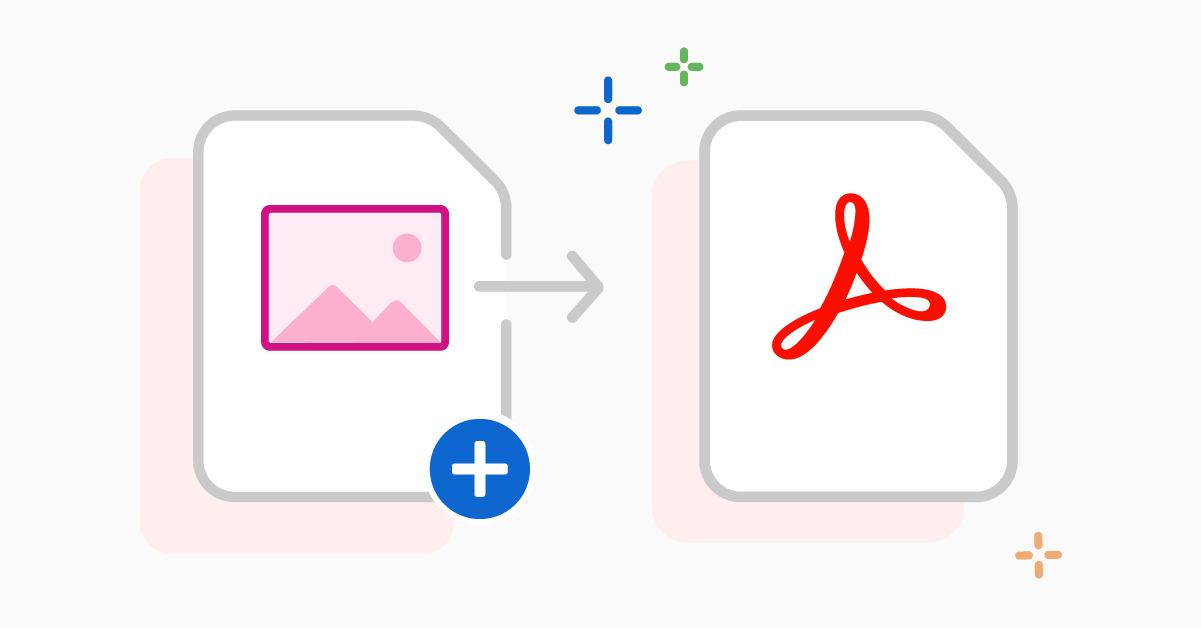
How Do You Convert Multiple Photos to PDF?
To convert multiple photos to PDF, you can follow these steps:
1. Go to the Acrobat online website. This is a free online tool provided by Adobe that allows you to convert various file formats to PDF.
2. Once you’re on the Acrobat online website, look for the “Merge PDF” option. This feature allows you to combine multiple files into a single PDF.
3. Upload the photos you want to convert to PDF. Click on the “Choose Files” button and select all the image files you want to merge. You can select multiple files by holding down the Ctrl key (or Command key on Mac) while clicking on the files.
4. After selecting the files, they will be uploaded to the website. Depending on the file sizes and your internet connection speed, this process may take some time.
5. Once the files are uploaded, you will see a preview of the uploaded photos. You can reorder them by dragging and dropping them into the desired sequence. This is useful if you want the pages of the resulting PDF to be in a specific order.
6. If necessary, you can also remove any unwanted photos by clicking on the “x” button next to the file preview.
7. After arranging the photos in the desired order, click on the “Merge files” button. This will start the process of merging the photos into a single PDF.
8. Once the merging process is complete, you will be able to download the merged PDF file. Click on the “Download” button to save the PDF to your computer.
9. Depending on your browser settings, the PDF file may be automatically saved to your default download location or you may be prompted to choose a location to save the file.
10. After downloading the PDF, you can open it using a PDF viewer such as Adobe Acrobat Reader or any other PDF reader software. The resulting PDF will contain all the photos you selected, combined into a single document.
By following these steps, you can easily convert multiple photos into a PDF file using the Acrobat online website. This allows you to merge and organize your photos into a single, shareable PDF document.
How Do You Make A Picture A PDF On Your Phone?
To convert a picture to a PDF on your phone, you can follow these steps using Google Photos:
1. Open the Google Photos app on your phone.
2. Locate and open the picture you want to convert to PDF.
3. In the upper right corner of the screen, you will find a three-dot menu. Tap on it to open a drop-down menu.
4. From the menu options, select “Print.” This will open the printing settings.
5. Within the printing settings, you will find a “Save As PDF” option. Tap on it.
6. After tapping on “Save As PDF,” a PDF download icon will appear in the upper right side of the screen. Tap on it.
7. A dialog box will appear, prompting you to provide a name for the PDF file. Type in the desired name for the PDF.
8. tap on the “Save” button to save the picture as a PDF on your phone.
By following these steps, you can easily convert a picture to a PDF on your phone using the Google Photos app.
Conclusion
Photos play a vital role in our lives, capturing precious moments and preserving memories for future generations. Whether it’s a family vacation, a special occasion, or simply a beautiful sunset, photos allow us to relive those experiences and evoke emotions that words alone cannot.
With the advancement of technology, taking and sharing photos has become easier than ever before. Online platforms like Google Photos have made it convenient to store, organize, and access our photo collections from anywhere, at any time. The ability to easily convert and merge multiple photos into a single PDF file further enhances the versatility and usability of our photos.
By converting photos into PDFs, we can create a compact and convenient format for sharing and archiving. Whether it’s for professional or personal purposes, having a single PDF file containing multiple photos simplifies the process of sending them to others or storing them for future reference. It eliminates the need for multiple individual files, making it easier to manage and organize our digital photo libraries.
Additionally, merging photos into a PDF format allows us to customize the order and arrangement of the images, creating a seamless visual narrative or presentation. This can be particularly useful for creating photo albums, portfolios, or even business presentations where a cohesive flow of images is desired.
The ability to convert and merge photos into PDFs offers a convenient and efficient way to manage and share our visual memories. Whether it’s for personal enjoyment, professional purposes, or simply to declutter our digital space, this feature proves to be a valuable tool in the digital age. So, next time you want to combine and share your photos, consider using the Google Photos platform and enjoy the benefits of creating a single, easily accessible PDF file.

